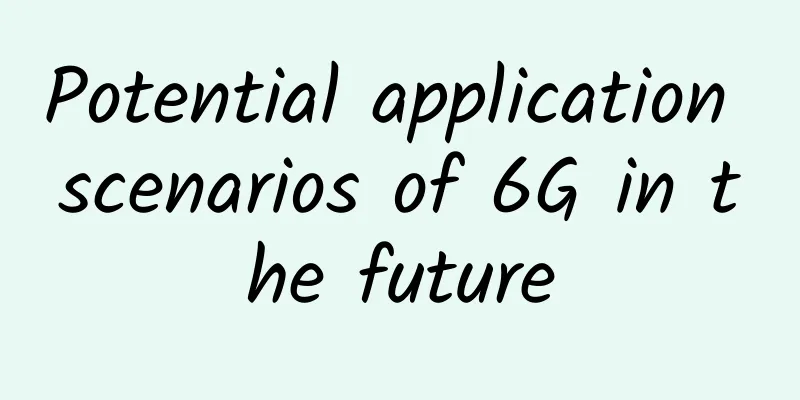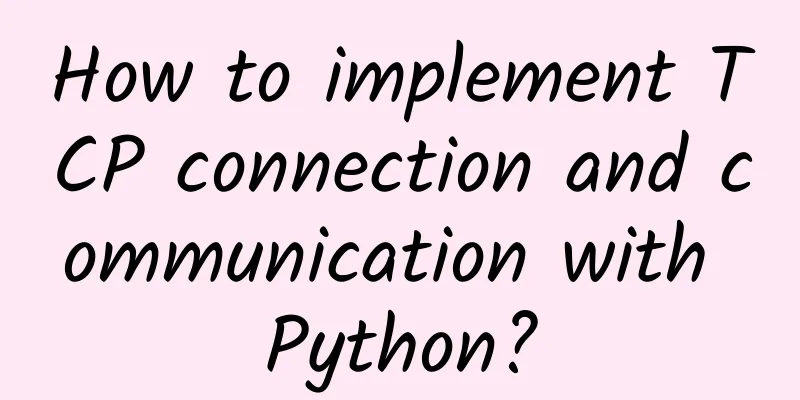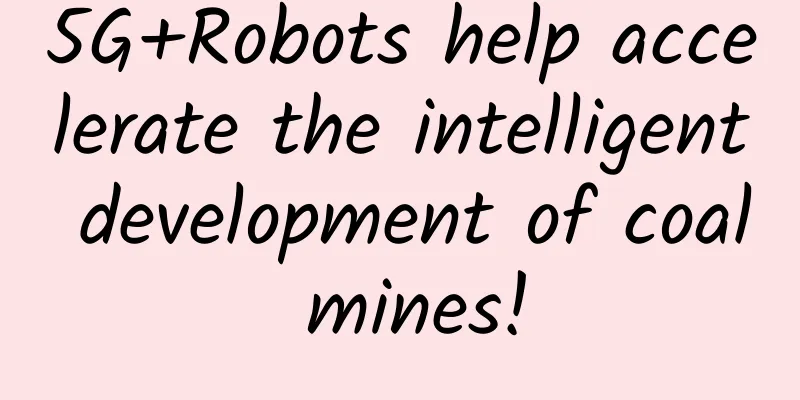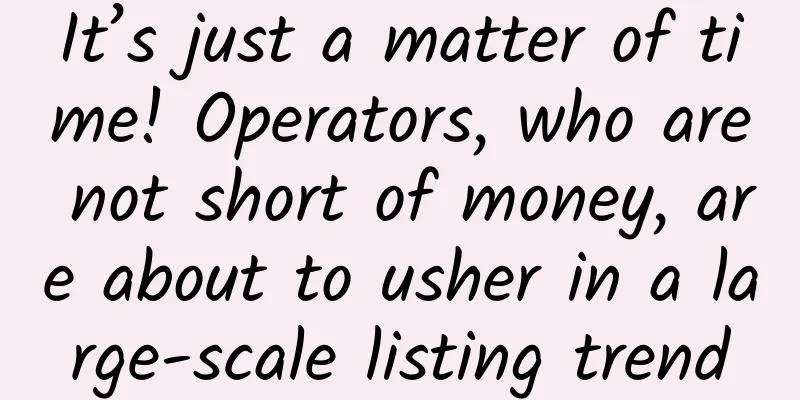Cartoon | IPv6 makes every grain of sand under your feet unique
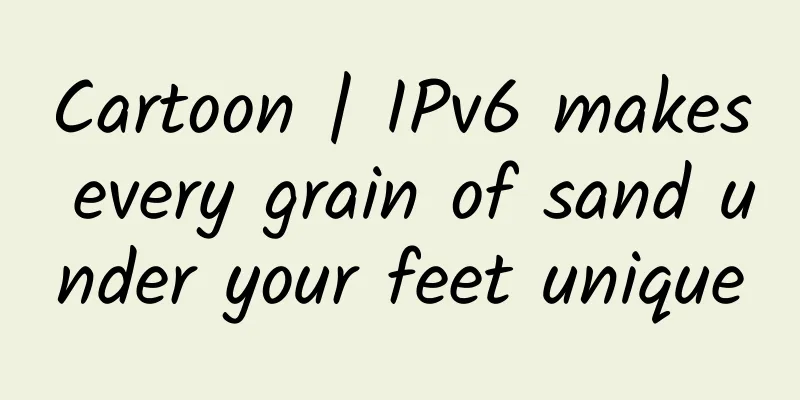
|
I am an ordinary grain of sand in the vast sea of sand. If humans want to find me accurately, That's definitely... no way! Of course. I guess no one will want to do such boring things for the time being. But who can say for sure what will happen in the future? But I also know, In the future, every grain of sand will have the opportunity to have an address. Just like humans can identify an address with a specific house number, is unique. With this address, We can also be considered as sand with status. If someone asks this question: Is your address also 602, Unit 1, Building D, XX City, XX Province? That is definitely not the case! Our address representation method is slightly unique. It is a combination of numbers + letters. In fact, the address we use is the IP address that everyone often hears about. It is a concept in the IP protocol. Every grain of sand wants to have an identity in the online world. To have such an address, This is easy to understand. Don't you humans also need a delivery address when sending express delivery? Every Internet-connected device that wants to receive data must have an IP address. The so-called IP address refers to: Sand is not assigned an IP address. There may be two reasons: The fact that IP addresses are limited has to do with IPv4. IPv4 stands for Internet Protocol version 4. It can be understood as the "fourth generation ID card" of networked computers. It is the core of the Internet. It is also the most widely used version of the Internet Protocol to date. The total number of IPv4 addresses is 2 to the power of 32. That is about 4.29 billion. Why is it 2 to the power of 32? Because the IPv4 address format is With the explosive growth of connected devices around the world, The IPv4 address pool is starting to run out. It is simply unable to meet the needs of Internet development. People are in urgent need of a higher version of the IP protocol. Larger pool of IP addresses. This sounds a bit like upgrading your landline number. Today, I believe many people still remember this scene vividly! Until one day last year, The European Network Coordination Center (RIPE NCC) issued an email, Officially announced that the global IPv4 address is exhausted. IPv4 is about to exit the stage of history. This also means that IPv6 will officially take over this mission. Continue to fulfill the great networking mission. The so-called IPv6, As the name suggests, it is Internet Protocol version 6. It is the next generation version of IPv4. In fact, it is not a new thing. It was born as early as the 1990s. This brings us back to IPv4. In fact, IANA IPv4 addresses were completely exhausted as early as 2011. But IPv6 was still in its early stages of deployment. It's hard to bear this burden! So we came up with a way to alleviate this conflict. For example, Internet service providers can reuse and recycle unused IPv4 addresses; You can also use the Network Address Translation (NAT) method. Use the same IP address privately behind your ISP router. It is like connecting many private networks under one public network. When connected to the outside world, Everyone put on the "vest" of the public network again, In this way, One public network address can be used by dozens or even hundreds of computers. This is why it was not officially announced until last year. There is no other way to solve the IPv4 resource problem. This is enough to show the importance of steady advancement of IPv6. Compared with IPv4, The number of IPv6 address pools is 2 to the power of 128. Probably this much: 340282366920938463463374607431768211456 How did this quantity value come from? It is still determined by the length of its address bits. If written in binary, The IPv6 address is 128 bits. However, for the convenience of expression, Usually it is shortened to 32 bits in hexadecimal. Then divide them into 8 groups, 4 in each group. So a standard, legal IPv6 address looks like this: 2001:0db8:85a3:08d3:1319:8a2e:0370:7344 It is worth noting that IPv6 addresses can be abbreviated. Leading zeros in each number can be omitted. For example, the red "0" can be omitted and become: Even if there is a group or several consecutive groups of 0, Then it can be shortened to "::": In addition to the number of addresses, IPv6 has many advantages, such as:
Final Thoughts With more than ten years of development, IPv6 has been supported by many communication network and terminal equipment manufacturers and has made great progress. IPv6 can directly solve the current problem of the number of IoT devices, and a large number of IoT terminal devices will also have new "door numbers" - based on the multi-address nature of the IPv6 protocol, thus realizing private network connections. However, IPv6 is not without "defects":
Under this series of problems, how IPv6 will be solved and repaired will be a problem that must be solved in the era of the Internet of Things. |
>>: Hacker tools can directly crack iPhone 12, which is the last thing Apple wants to see
Recommend
The 5G timetable of the three major operators is determined: it is not too late to change your mobile phone in 2019
At the recently concluded MWC 2018, 5G became a h...
BandwagonHost: Los Angeles CN2 VPS annual payment starts at $46.7, 2.5-10Gbps bandwidth CN2 GIA line quarterly payment starts at $46.7
BandwagonHost VPS belongs to the old IT7 company....
China has 600,000 5G base stations. Why should 5G investment be moderately ahead of schedule?
In the popular movie "My Hometown and Me&quo...
DogYun's new Hong Kong MG VPS starts at 70 yuan per year, 1GB memory/20G SSD/1TB monthly traffic
DogYun (狗云) Classic Cloud Server has a new Hong K...
What will the future world look like under the 5G technology revolution?
Some time ago, Huawei's "Intelligent Wor...
5G and the Internet of Things: A New Era of Digitalization
There is no doubt that 5G mobile networks will be...
Application of load balancing technology in computing power network
Part 01, ECMP ECMP is a hop-by-hop, flow-based lo...
A leap from concept to practice! How does the cloud's native "immune system" fight organically?
On July 16, the Alibaba Cloud Native Security Onl...
China has built and put into operation more than 1.39 million 5G base stations
According to Zhongguancun Online, relevant person...
The convergence of edge data centers and 5G revolutionizes data transmission and the Internet of Things
With the rapid development of the digital age, th...
Huawei takes four major measures to lay out its computing strategy and launches the new AI training cluster Atlas 900
On September 18, 2019, the fourth HUAWEI CONNECT ...
Guava RateLimiter: A practical guide to efficient flow control
background With the rapid development of the Inte...
The operator called to inform me that the package was changed, and there was a big discount? It was all a lie! I didn’t even know I was being cheated
The operator called to inform me that the package...
What is an API Gateway?
Hello everyone, I am ApeJava. What is an API Gate...
5G packages are expensive, and you can't afford to change to a 5G phone? In fact, you can connect to 5G without a 5G package
In October 2019, I wrote an article saying that i...


